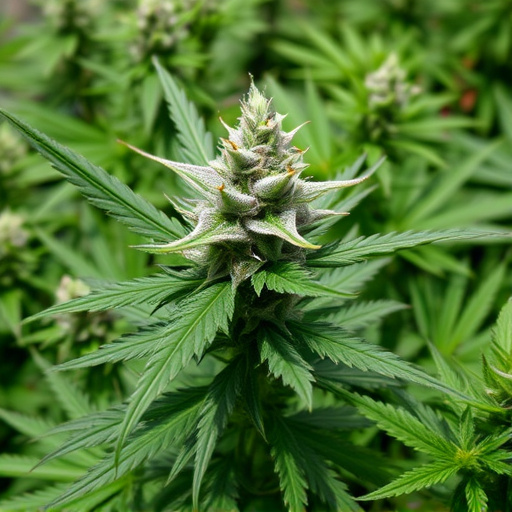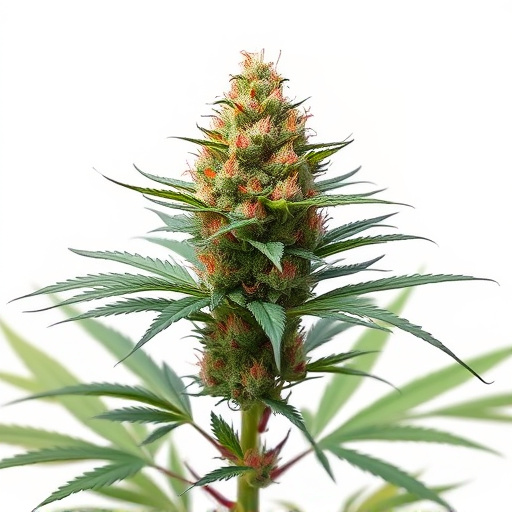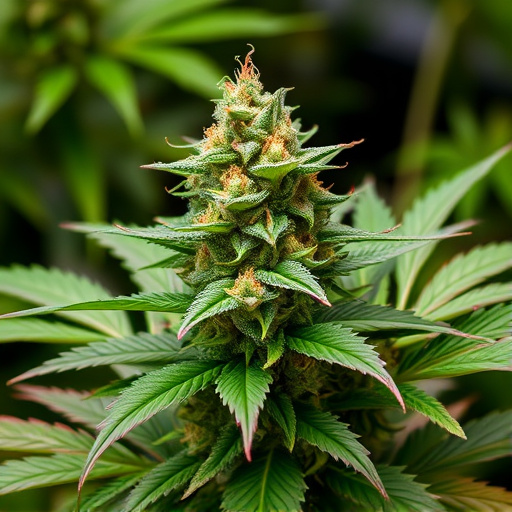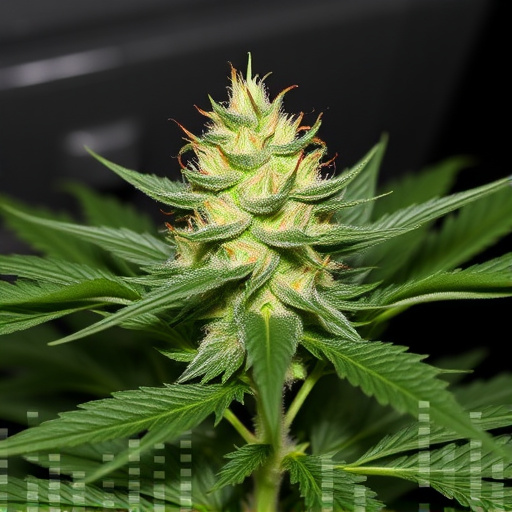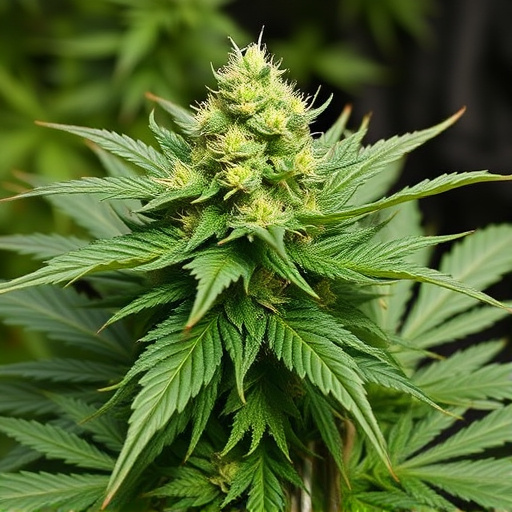The cannabis industry focuses on developing newest strains of cannabis with distinct cannabinoid profiles catering to diverse needs. Full-spectrum products, containing multiple cannabinoids like THC and CBD, are believed to offer an "entourage effect" for enhanced therapeutic outcomes, particularly in pain management, anxiety reduction, and sleep improvement. Isolated cannabinoids, processed to remove other compounds, provide precise dosing without the intoxicating effects of THC and are popular for specific health benefits. As research progresses, the market anticipates even more specialized newest strains of cannabis tailored to individual needs, expanding the therapeutic potential of this evolving industry.
“Unraveling the complexities of cannabinoids, this article offers a comprehensive comparison between full-spectrum and isolated variants. As the cannabis industry continues to flourish with the introduction of diverse new strains, understanding the nuances of these cannabinoid profiles becomes paramount. Full-spectrum cannabinoids, derived from entire plants, offer a harmonious blend of compounds, while isolated forms focus on single molecules. We’ll explore how these differences impact health benefits, providing insights into the evolving landscape of cannabis consumption and its potential therapeutic advantages.”
- Understanding Cannabinoids: Full-Spectrum vs Isolated
- The Rise of Newest Strains and Their Profiles
- Health Benefits: A Comprehensive Look at Each
Understanding Cannabinoids: Full-Spectrum vs Isolated
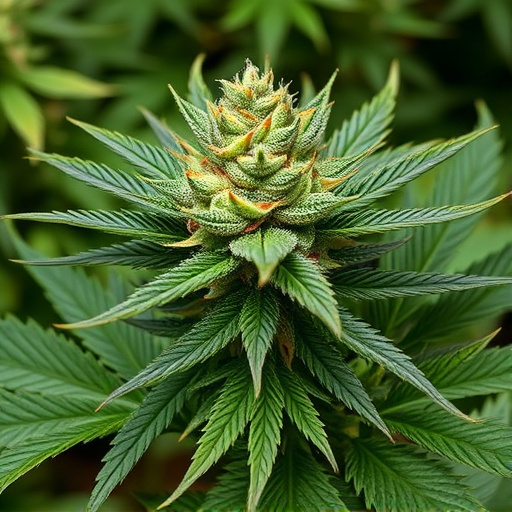
Cannabinoids are the chemical compounds responsible for the unique effects and medicinal properties of cannabis plants. They interact with our bodies’ endocannabinoid system, which plays a crucial role in maintaining homeostasis, or balance. Two common forms of cannabinoids are full-spectrum and isolated. Understanding this distinction is essential when exploring the newest strains of cannabis and their potential benefits.
Full-spectrum cannabinoids refer to the entire range of chemicals naturally present in the cannabis plant, including terpenes, flavonoids, and other minor compounds. This comprehensive spectrum aims to replicate the natural composition of the plant. In contrast, isolated cannabinoids are single compounds extracted from the plant, such as THC or CBD. While offering targeted effects, isolated forms may miss out on the synergistic benefits of the complex interplay between different cannabinoids found in full-spectrum products.
The Rise of Newest Strains and Their Profiles
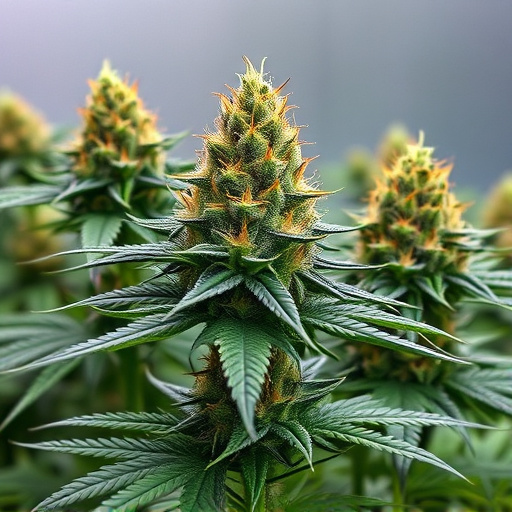
In recent years, the world of cannabis has witnessed a remarkable evolution with the emergence of newer, more specialized strains. These innovative varieties are cultivated to showcase unique cannabinoid profiles, offering consumers a diverse range of experiences. The demand for these newest strains of cannabis has skyrocketed as users seek tailored options that cater to specific preferences and therapeutic needs.
These new strains often boast intricate cannabinoid compositions, featuring high concentrations of specific compounds like THC or CBD, alongside other minor cannabinoids. This approach allows for precise dosing and customized effects, whether it’s achieving a blissful relaxation or enhancing focus and creativity. As research continues to uncover the potential benefits of these diverse cannabinoids, the market is likely to see even more specialized strains in the future, further expanding the cannabis landscape.
Health Benefits: A Comprehensive Look at Each
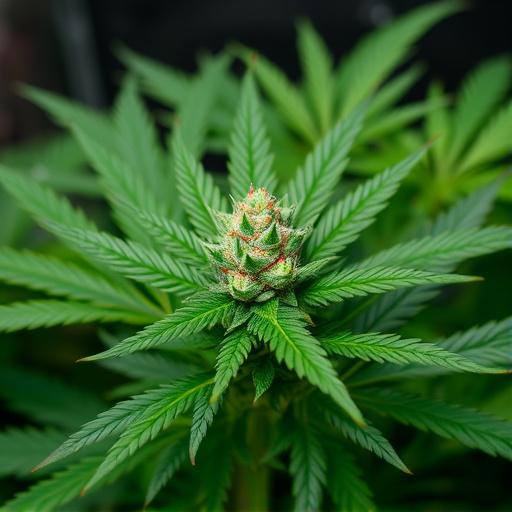
Full-spectrum and isolated cannabinoids offer distinct health benefits, each with its unique advantages. Full-spectrum extracts contain a wide range of cannabinoids, including THC, CBD, and other minor compounds found in the plant. This comprehensive profile allows for what many refer to as the “entourage effect,” where various compounds work together synergistically to enhance therapeutic outcomes. Studies suggest that full-spectrum cannabis may be effective in managing pain, reducing anxiety, and improving sleep quality—making it a popular choice among those exploring the newest strains of cannabis for medical purposes.
Isolated cannabinoids, on the other hand, are processed to remove most other compounds except for the specific cannabinoid being isolated, such as CBD or THC. While this process offers a more targeted approach, some researchers argue that isolating individual cannabinoids may reduce their overall effectiveness due to the potential loss of synergistic interactions. Nonetheless, isolated forms are popular for their precise dosing and consistent effects, making them appealing to users seeking specific health benefits without the intoxicating effects of THC.
In comparing full-spectrum and isolated cannabinoids, it’s clear that both have their merits. Full-spectrum cannabinoids offer a holistic approach, preserving the natural balance found in the plant, while isolated forms provide targeted benefits with enhanced purity. The newest strains of cannabis showcase diverse profiles, highlighting the complex interplay of these compounds. Understanding these distinctions enables informed choices, catering to individual needs and preferences for optimal wellness.







